Emergency Dental Procedures to Avoid Permanent Damage: What You Need to Know
- Understanding Emergency Dental Procedures
- Common Dental Emergencies and Risks
- Steps to Avoid Permanent Damage
- When to Seek Professional Help for Emergency Dental Procedures
- Preventing Dental Damage in the Future
Understanding Emergency Dental Procedures
Dental emergencies can happen unexpectedly, whether due to accidents, injuries, or untreated dental conditions. In some cases, prompt action can prevent long-term damage to your teeth and gums. Emergency dental procedures are designed to stabilize the situation and restore the function and aesthetics of your mouth. However, without proper care, some procedures may lead to permanent damage or complications.
In this article, we’ll explore the most common emergency dental procedures, what steps you can take to avoid permanent damage, and when to seek professional help. By understanding these aspects, you’ll be better equipped to handle a dental emergency safely.
Common Dental Emergencies and Risks
Dental emergencies can vary greatly in severity, and the risk of permanent damage depends on the type of injury or condition. Below are some common dental emergencies that require immediate attention:
1. Knocked-Out Teeth
When a tooth is completely knocked out, quick action is crucial. If you can recover the tooth and keep it moist, you may be able to have it re-implanted. However, without swift intervention, the tooth may not be salvageable, leading to permanent loss.
2. Broken or Cracked Teeth
A broken or cracked tooth is not just painful but can also lead to permanent damage if left untreated. Small cracks may require only a filling, but larger fractures may need a root canal or crown to save the tooth. Ignoring cracks can worsen the damage and even lead to tooth loss.
3. Severe Toothaches
Severe toothaches, often caused by infection or cavities, can cause significant discomfort and even lead to further complications. If not addressed promptly, an untreated infection can spread to other areas of the mouth, potentially causing permanent damage to the tooth or surrounding tissues.
4. Loose Fillings or Crowns
If a dental filling or crown becomes loose, it can lead to discomfort, infection, and damage to the underlying tooth. Timely action is necessary to avoid further deterioration, as prolonged exposure can result in permanent structural damage to the tooth.
Steps to Avoid Permanent Damage
In a dental emergency, quick response and proper care are vital to avoiding long-term damage. Here are some essential steps to follow:
1. Preserve the Tooth or Piece of Tooth
If a tooth is knocked out or broken, preserve the tooth by keeping it moist. If possible, place the tooth back into the socket, or store it in milk or a saline solution. The sooner you act, the better the chances are for saving the tooth.
2. Stop Bleeding Immediately
If you’re bleeding from the gums or mouth, apply pressure with a clean cloth or gauze to stop the bleeding. Keeping your head elevated can also help slow down the bleeding. If the bleeding persists, seek emergency dental care immediately.
3. Avoid Using the Affected Area
If you’ve experienced a dental emergency involving broken or loose teeth, avoid chewing or using the affected area. Using the tooth before it is treated can cause further damage, making it more difficult for the dentist to save the tooth.
4. Manage Pain with Over-the-Counter Medication
While waiting for professional care, managing the pain with over-the-counter pain relievers like ibuprofen can help reduce discomfort. However, do not place aspirin directly on the gums or affected tooth, as it can cause damage to the tissue.
When to Seek Professional Help for Emergency Dental Procedures
While some minor dental issues can be managed at home, there are situations where you should seek professional help immediately. Here are signs that indicate you need emergency dental care:
1. Severe Pain or Swelling
If you experience severe pain or swelling, it may be a sign of a serious infection or injury that requires immediate attention. Ignoring the symptoms can lead to the infection spreading and causing permanent damage to the tooth and surrounding tissue.
2. Lost or Damaged Tooth
If a tooth is knocked out or severely damaged, seek emergency dental care right away. The dentist will try to re-implant the tooth or provide a replacement option to prevent permanent damage.
3. Difficulty in Breathing or Swallowing
If you experience difficulty breathing or swallowing, it could indicate that the dental emergency is affecting your airway. This is a medical emergency, and you should seek immediate care from a dentist or visit the emergency room.
Preventing Dental Damage in the Future
While dental emergencies can’t always be predicted, there are steps you can take to reduce the risk of permanent damage in the future:
1. Regular Dental Checkups
Visiting the dentist regularly for checkups allows for early detection of potential issues. Catching problems like cavities or gum disease early can prevent more severe damage down the line.
2. Wear Protective Gear
If you engage in sports or other high-risk activities, consider wearing a mouthguard to protect your teeth from injury. A mouthguard can prevent tooth fractures and other damage caused by accidents.
3. Practice Good Oral Hygiene
Maintaining good oral hygiene by brushing twice a day, flossing, and using mouthwash helps prevent tooth decay and gum disease, which can lead to dental emergencies if left untreated.

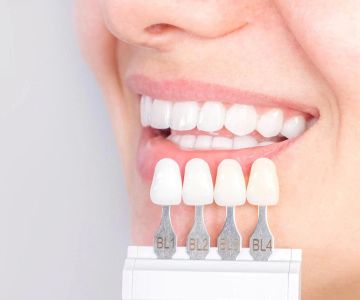

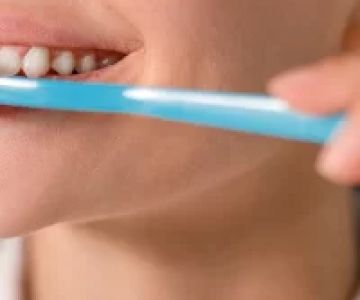
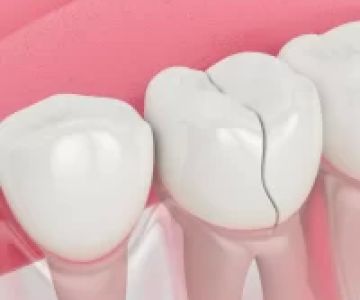
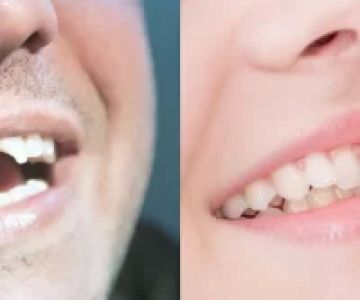
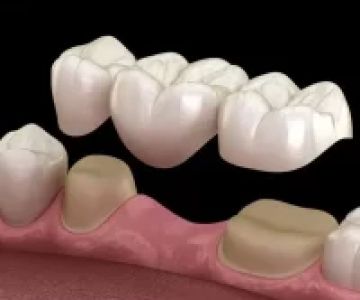
 Westgate Dental Arts
Westgate Dental Arts Coventry Family Dental
Coventry Family Dental Familia Dental
Familia Dental Dr. Daniel S. Fife, DDS
Dr. Daniel S. Fife, DDS Dentistry At Suburban Square: Michael I. Wollock, DMD
Dentistry At Suburban Square: Michael I. Wollock, DMD Comfort Care Dental
Comfort Care Dental The Importance of Oral Health Education During Pregnancy for a Healthy Pregnancy
The Importance of Oral Health Education During Pregnancy for a Healthy Pregnancy Why Skipping Dental Checkups Can Lead to Bigger Oral Health Problems
Why Skipping Dental Checkups Can Lead to Bigger Oral Health Problems Advantages of Porcelain Dental Restorations
Advantages of Porcelain Dental Restorations Best Tips for Brushing Your Teeth Properly for Healthy Gums: Essential Techniques for Oral Health
Best Tips for Brushing Your Teeth Properly for Healthy Gums: Essential Techniques for Oral Health How Can Diabetes Cause Tooth and Gum Problems? Preventing and Managing Oral Health Issues
How Can Diabetes Cause Tooth and Gum Problems? Preventing and Managing Oral Health Issues Healthy Habits for Promoting Good Oral Health and Hygiene: Tips for a Healthy Smile
Healthy Habits for Promoting Good Oral Health and Hygiene: Tips for a Healthy Smile